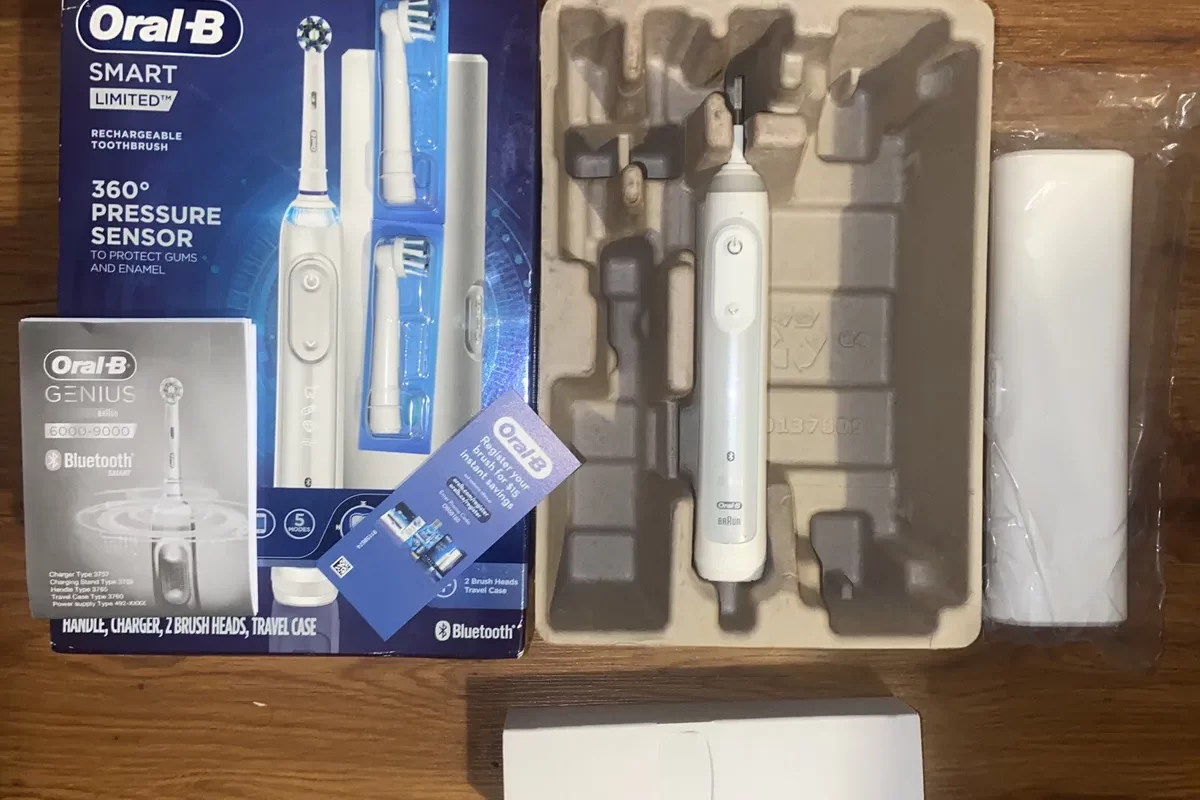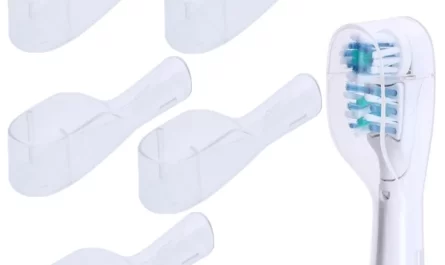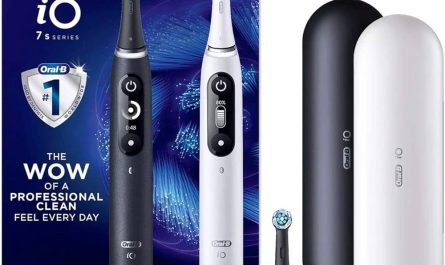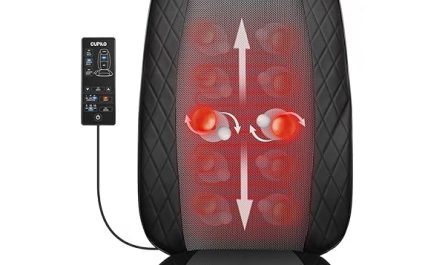Introduction: Are you making the most of your electric toothbrush?
Electric toothbrushes have gained popularity due to their ability to provide thorough and efficient oral hygiene. However, using an electric toothbrush effectively requires proper technique and understanding. In this detailed guide, we will explore the key steps and techniques to maximize the benefits of using an electric toothbrush. From selecting the right brush head and toothpaste to practicing correct brushing techniques, you can optimize your oral hygiene routine and achieve a healthy and radiant smile.

How to use an electric toothbrush for optimal oral hygiene?
-
Which electric toothbrush is right for you?
a. Consider your individual needs: Evaluate whether you require a basic electric toothbrush or one with additional features, such as different brushing modes, timers, or pressure sensors. Select a toothbrush that meets your specific oral health needs and preferences.
b. Choose the appropriate brush head: Electric toothbrushes often come with interchangeable brush heads. Opt for a brush head size and bristle type that suits your mouth size and sensitivity. Soft bristles are generally recommended by dental professionals.
c. Replace brush heads regularly: To maintain optimal oral hygiene, replace your brush head every three to four months, or sooner if the bristles become frayed. This ensures efficient cleaning and prevents bacterial build-up.
-
Preparing for effective brushing
a. Wet the brush head: Before applying toothpaste, moisten the brush head with water. This helps to create a foamy lather and assists in spreading the toothpaste evenly during brushing.
b. Apply the right amount of toothpaste: Squeeze a pea-sized amount of fluoride toothpaste onto the brush head. Excessive toothpaste can lead to excessive foaming and may hinder accurate brushing.
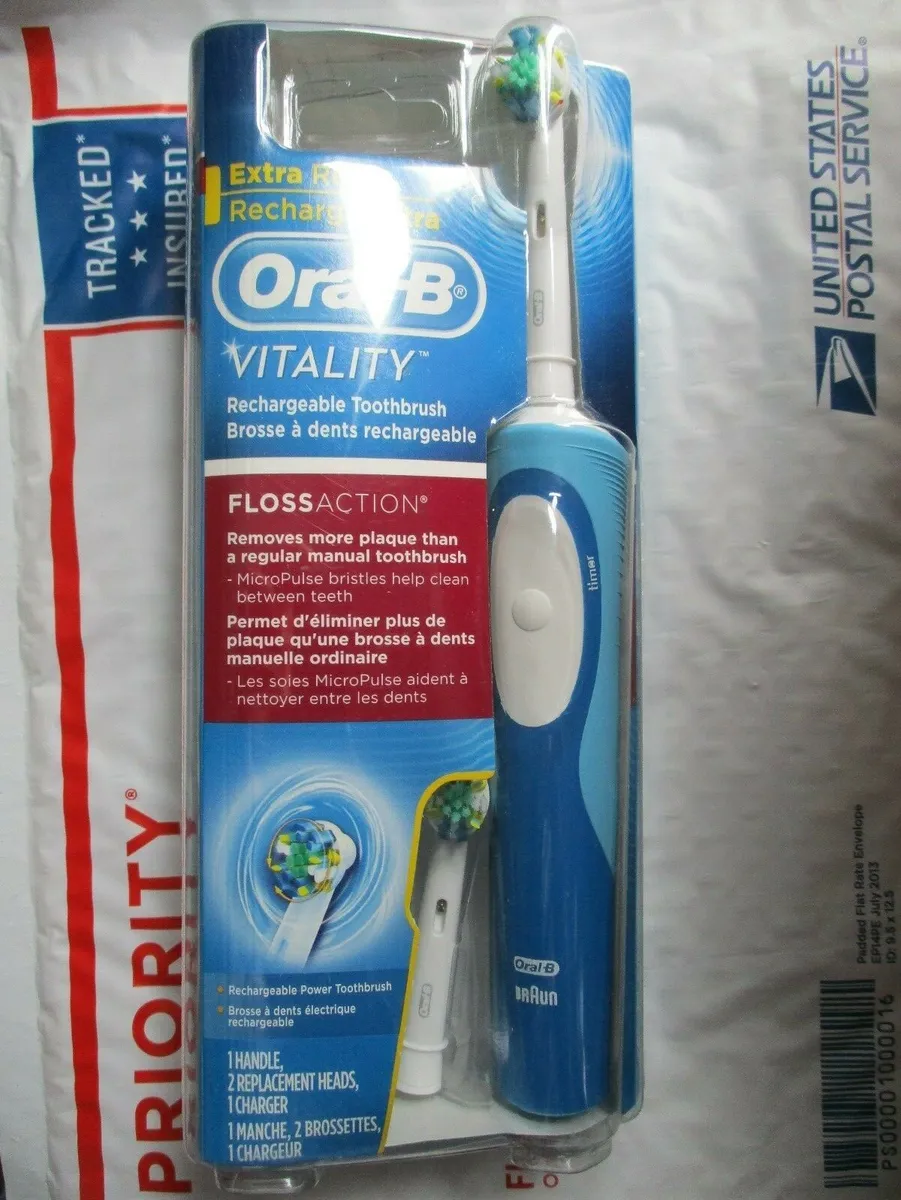
-
Brushing technique with an electric toothbrush
a. Positioning the brush: Hold the electric toothbrush at a slight angle, bristles touching the gumline and teeth. Apply gentle but firm pressure, allowing the bristles to reach the spaces between the teeth and gums.
b. Division into quadrants: Divide your mouth into four quadrants (upper right, upper left, lower right, and lower left). Spend an equal amount of time on each quadrant to ensure thorough cleaning. Most electric toothbrushes have timers or pause intervals to help guide you.
c. Circular or oscillating motion: Let the electric toothbrush do the work for you. Move the brush head in small circular motions or let the oscillating motion of the brush head cover each tooth, focusing on one tooth at a time. Avoid brushing too vigorously, as it may cause gum irritation.
d. Pay attention to all surfaces: Brush the outer, inner, and chewing surfaces of each tooth. Do not overlook the tongue, as it can harbor bacteria. Gently brush the tongue in a back-and-forth motion to remove bacteria and freshen breath.
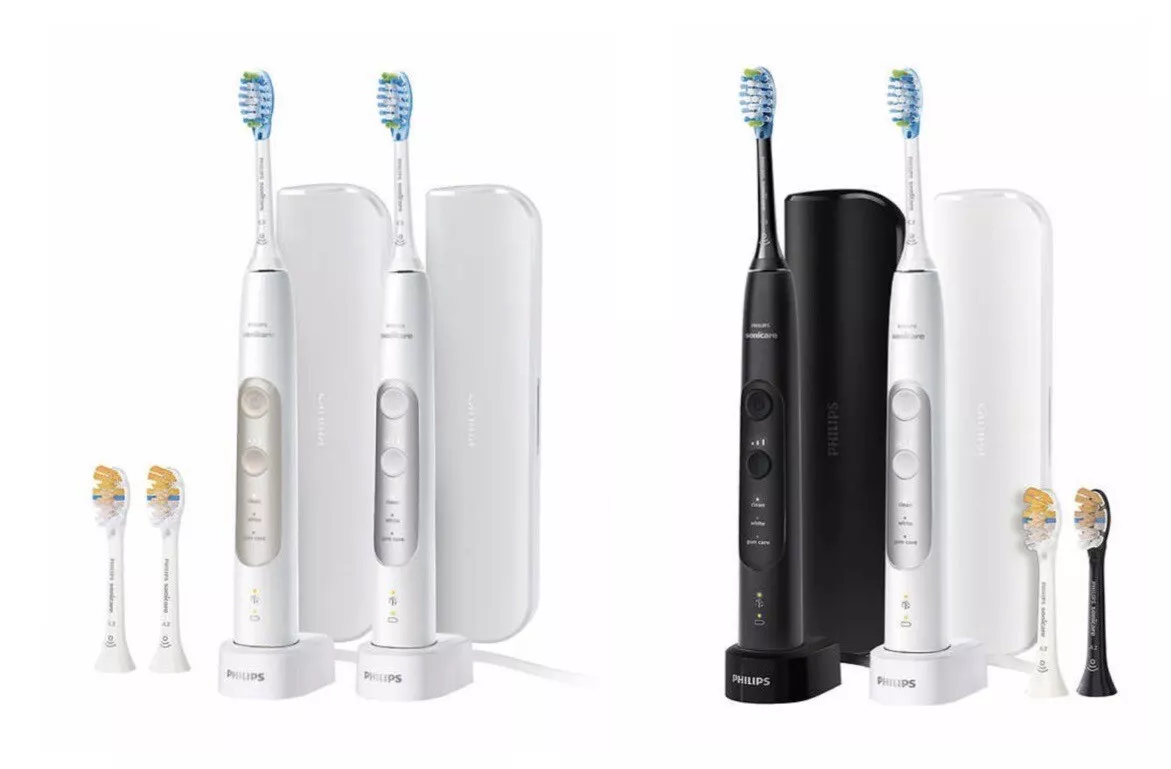
-
Timing and frequency of brushing
a. Brush twice a day: Follow the recommended guidelines of brushing your teeth at least twice a day, in the morning and before bed. Consistency is key to maintaining optimal oral health.
b. Duration of brushing: Aim to brush for a minimum of two minutes each session. Electric toothbrushes often have built-in timers to ensure you achieve this ideal brushing time.
-
Additional tips for maintaining oral hygiene
a. Floss your teeth daily: Although electric toothbrushes are effective at removing plaque and debris, flossing is still essential for cleaning between teeth and along the gumline. Incorporate daily flossing into your oral care routine to enhance your overall oral hygiene.
b. Rinse your mouth: After brushing, rinse your mouth thoroughly with water or an antimicrobial mouthwash to remove any remaining toothpaste, debris, and bacteria.
c. Clean and store your electric toothbrush: After each use, rinse the brush head thoroughly with water and let it air dry. Store the toothbrush upright, allowing it to dry between uses and preventing bacterial growth.
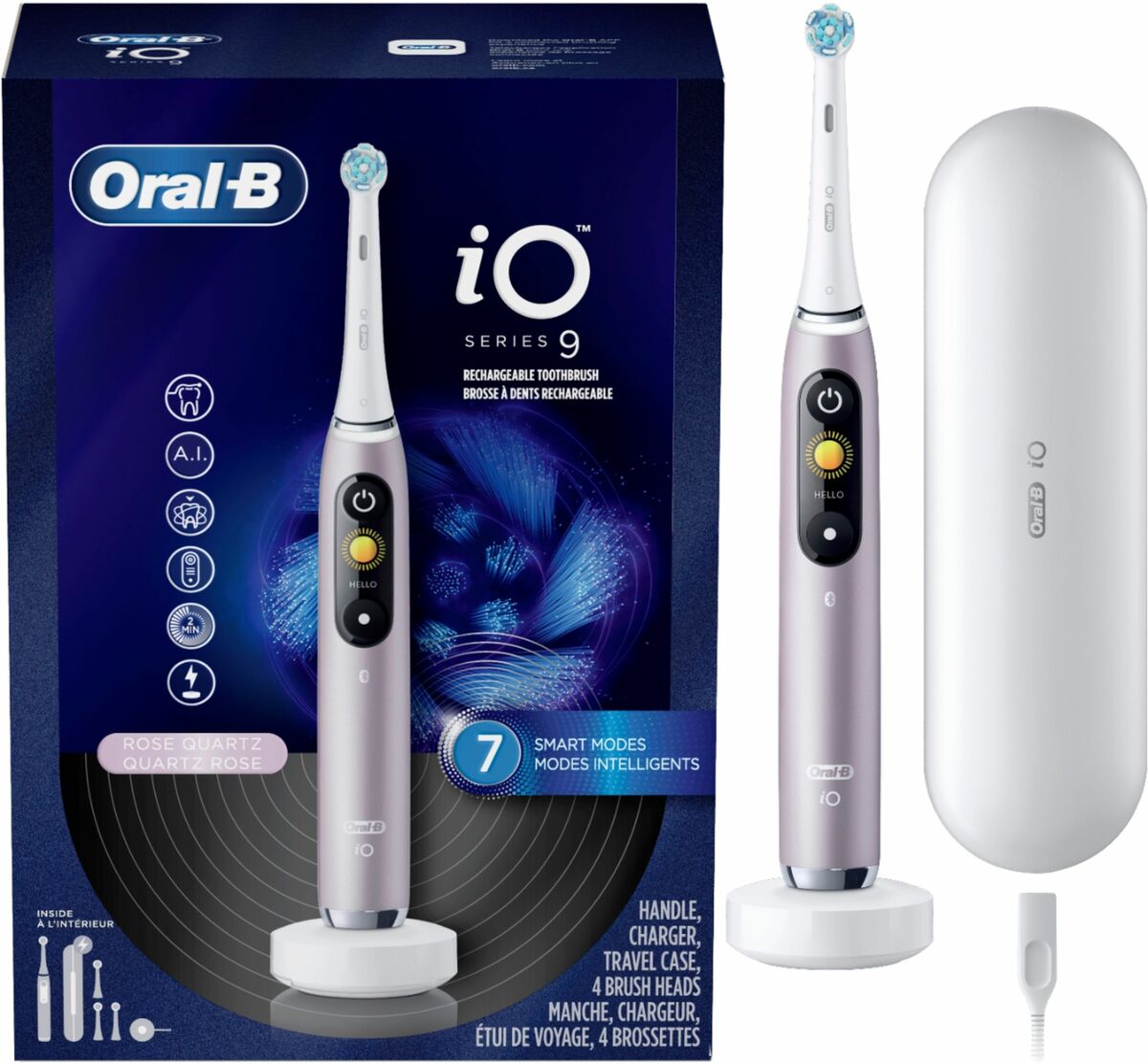
-
Travel and storage considerations
a. Portable and compact: If you frequently travel, choose an electric toothbrush with a travel case or one that is compact and easy to pack. This ensures that you can maintain your oral hygiene routine even when you’re on the go.
b. Battery or rechargeable: Consider whether you prefer a battery-operated or rechargeable electric toothbrush for travel convenience. Rechargeable options may require less maintenance and eliminate the need to carry extra batteries.
c. Proper storage: When not in use, store your electric toothbrush in a clean and dry area to prevent the growth of bacteria. If your toothbrush has a protective cap or cover, use it to further ensure cleanliness.
-
Regular maintenance and care
a. Clean the brush head: Regularly rinse the brush head thoroughly under water after each use to remove any residual toothpaste or debris. You can also detach the brush head, if possible, and clean it separately.
b. Deep cleaning and disinfection: Periodically, you may want to remove the brush head and soak it in an antibacterial mouthwash or a mixture of water and hydrogen peroxide to disinfect it thoroughly. Consult the manufacturer’s instructions for guidance.
c. Replacing the brush head: As mentioned earlier, it is crucial to replace the brush head every three to four months or sooner if the bristles become worn out. This ensures that the bristles are effective in cleaning and minimizes the risk of bacterial buildup.
-
Professional dental check-ups and advice
a. Regular dental visits: While using an electric toothbrush can contribute to good oral hygiene, it is crucial to schedule regular dental check-ups and cleanings. Dentists can provide personalized advice and address any oral health concerns you might have.
b. Seeking professional guidance: If you are new to using an electric toothbrush or have specific oral health conditions, consult with your dentist or dental hygienist for personalized advice on brushing techniques and proper product selection.
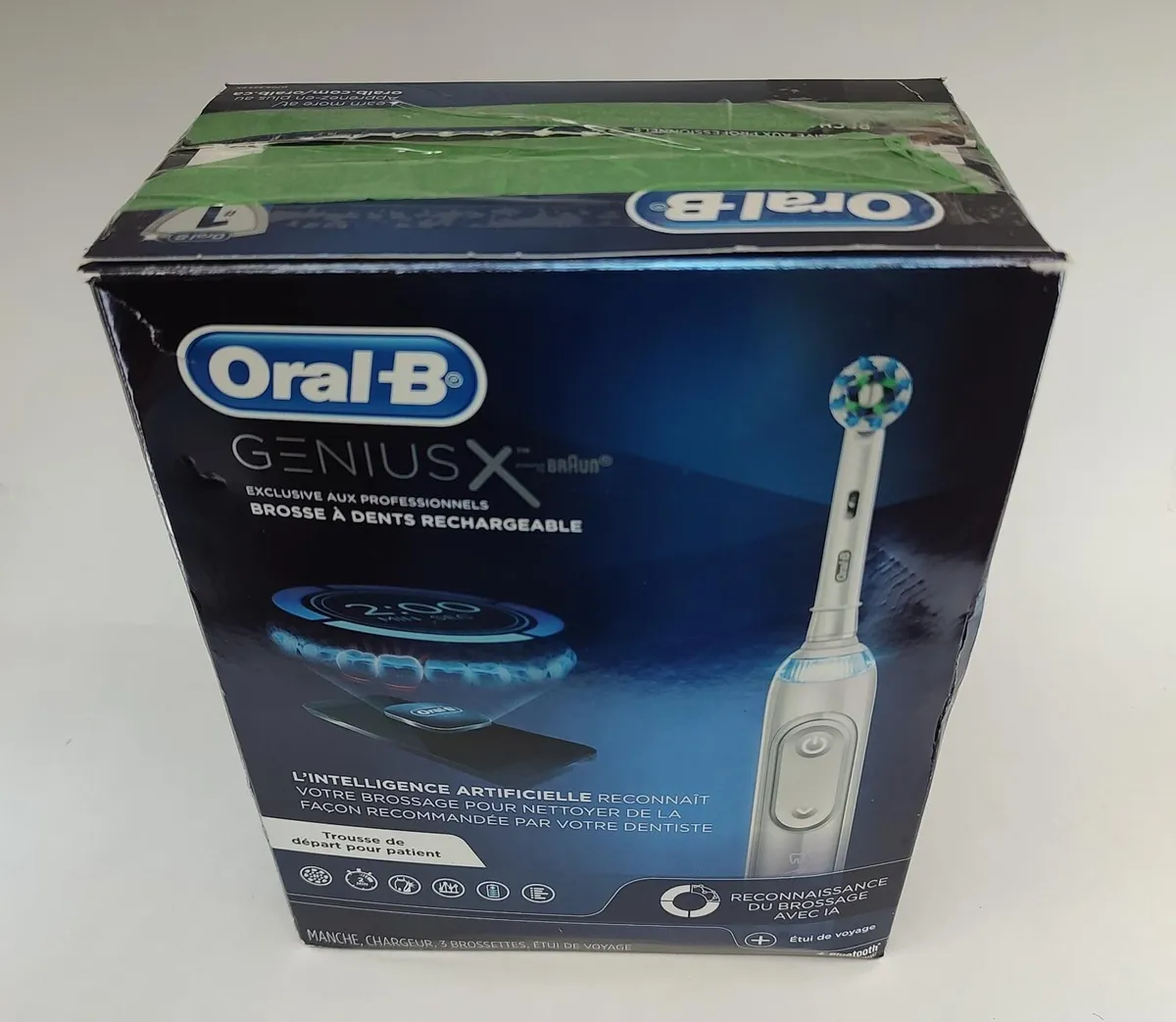
Conclusion: Revolutionize your oral hygiene with an electric toothbrush
By following these guidelines, you can optimize your dental care routine and enhance your oral health using an electric toothbrush. Start by selecting the right toothbrush for your needs, practicing proper brushing techniques, and maintaining consistency in your oral hygiene routine. Remember to replace the brush head regularly, floss daily, and rinse your mouth after brushing to achieve comprehensive oral care. With the right technique and commitment to oral hygiene, you can achieve a radiant smile and promote long-term oral health using the power of an electric toothbrush.

